.png.transform/rendition-xs/image_image%20(1).png)
A New Age Of Maturity For Spanish Cheese
Spain’s cheese sector just keeps growing as the wider world discovers centuries-old regional specialities and new flavours developed by today’s artisans.
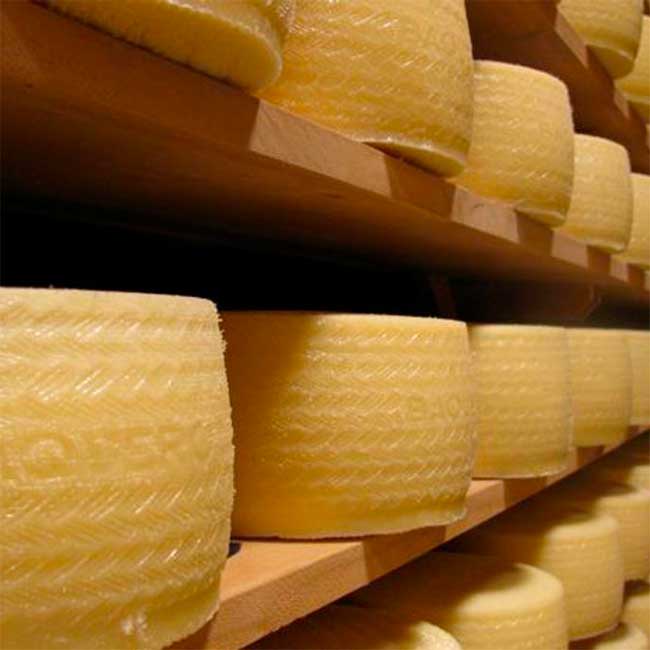
For much of the 20th century, Spanish cheesemakers emphasised quantity over quality, filling government quotas that favoured industrial production over old-fashioned artisanal methods. Many regional specialities, traditionally made in smaller batches to centuries-old recipies, were neglected or forgotten. Today, however, most of those classics are very much back on the market, and the present narrative is one of non-stop growth and restless innovation.
This applies to large-scale processing and manufacturing, with major agri-food brands such as Lácteas García Baquero and Entrepinares constantly expanding their ranges of sliced and packaged cheeses, adding new bio-references, and improving the technology that helps ensure high standards, from moisture control to wastewater management. There is also a new creative buzz at the craft end of the sector, where small producers aren’t merely replicating the cheeses that date back to a time before modern methods – they’re experimenting with new techniques and flavours. Ask an expert, like Adrián Martín of the Poncelet Quesos shop and cheese bar in Madrid, and he will happily offer a long list of artisans now doing something a bit different.
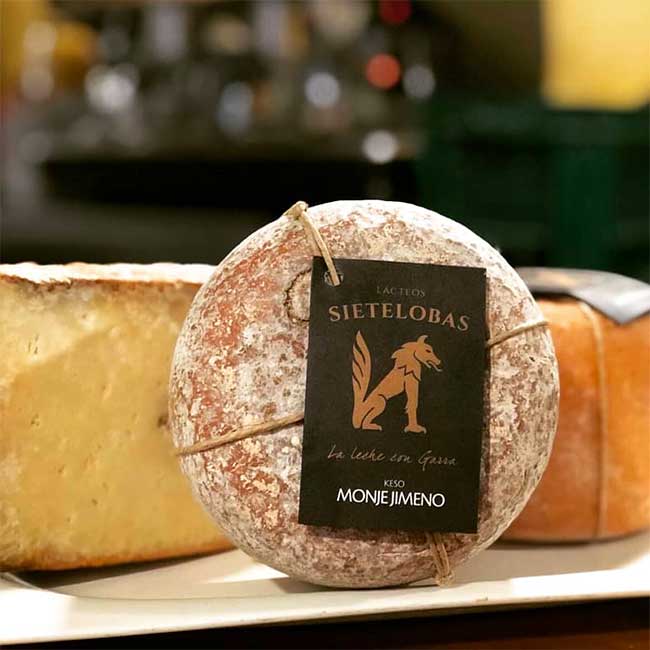
The León-based independent dairy Lácteos Siete Lobas, for example, makes raw milk cheeses in its own cave, including one that Martín loves called Matalobos. “Before coagulating they add a certain quantity of beer,” he says, “which gives it this unique organoleptic so that when we smell and eat it, we’re reminded of India Pale Ale.” On a similar theme, the Villa Vieja Cheese Factory in Murcia “produces DOP goat’s milk cheese bathed in Jumilla wine”, while the Mamá Cabra factory in Extremadura is run as an “agri-ecological project”, using renewable energy to make absolutely untreated cheese from the milk of their free-roaming Malagan goats.
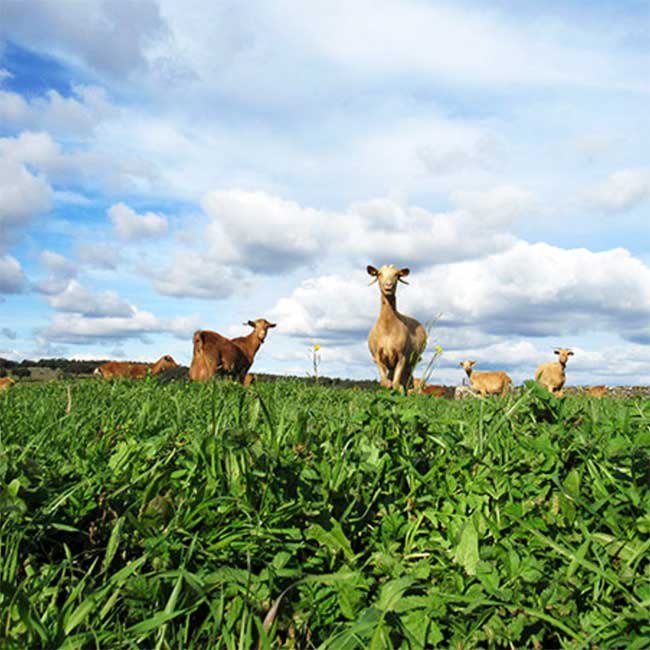
Many of these items have been making their way overseas, to become popular options in specialist delis in Dubai, Paris, Glasgow, Mexico City. In the United States, sales of Spanish cheeses have increased more than four-fold in the last 15 years, with almost eight million kilos shipped in 2019. Manchego remains the best-known and biggest-selling type among American consumers, but importers like the New York-based Murray’s Cheeses and online cheese store La Tienda have reported ever-increasing interest in the less generic, more rareified Manchegan sheep’s cheeses made by smaller companies with a greater focus on intensity of flavour.
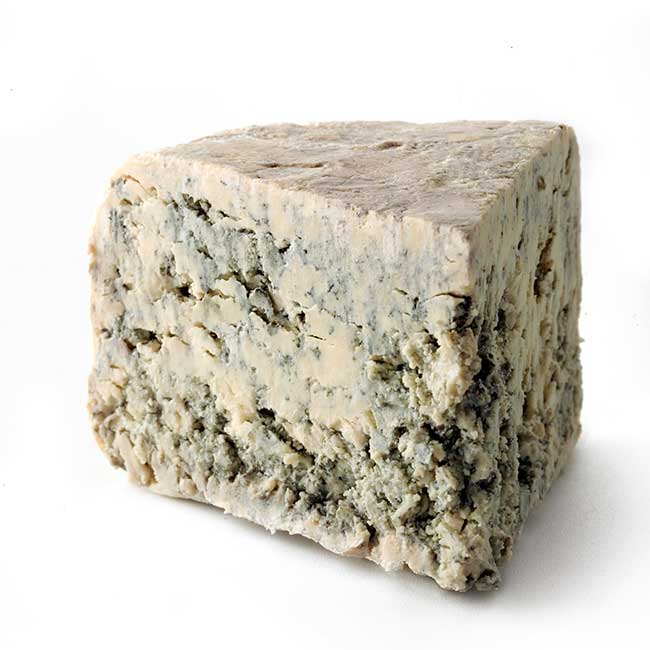
Tastes are steadily broadening too, as awareness grows of other Spanish regions and their distinctive dairy products. One of these is Cabrales, of course, the blue cheese made with the milk of cows, goats, or sheep from the green pastures and hillsides of Asturias. But that landscape has much more to offer, says José González of Oviedo-based exporters Atlántica.
“We cannot forget that there is no other geographical space in the world with such a variety of cheeses. The cattle are different from one valley to the next. So, producers have access to different raw materials and also to different production methods, some dating back millennia. If you know Asturias and its orography, then you understand this reality.”
The only problem, says González, is that many people, in Spain and beyond, simply don’t know, or at least not yet, which has so far made it difficult to get across the full commercial potential of that landscape. His own feeling is that promotion of Asturias as a tourist destination should be folded into marketing of its many native cheeses.
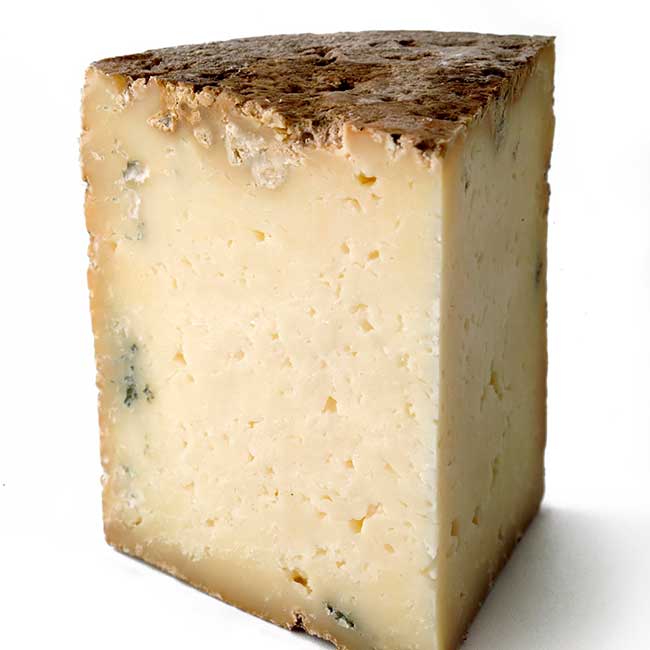
“Quality tourism and quality gastronomy go hand in hand.” Besides the essential Cabrales, other Asturian cheeses like Gamonedo and Casín also bear the stamp of DOP, while González is a particular admirer of Rey Silo Afuega'l Pitu, which sources raw cow’s milk from around the village of Oviñana to be coagulated in small vats, then moulded and salted by hand in a truly artisanal manner. Under master cheesemaker Ernesto Madera, the result brings out the flavour of those meadows, and tastes the same as it did in the reign of Emperor Charlemagne.
At the same time, says González, other traditional products have been revived and evolved using modern methods, including his own favorite from the region, Cueva de Llonín, a mold-covered, pasteurized Peñamellera with a creamy, Brie-like texture. If he had to pick a Spanish cheese that he’d like to export to the whole world, however, it’s the Manchego now made by legendary craftsman Javier Pelegri at the El Jarón farm in Ciudad Real.
The more people hear about it, the more they want to try it. In his recent experience of the business, “demand increases in line with awareness, and awareness is growing.”
Text: Stephen Phelan

